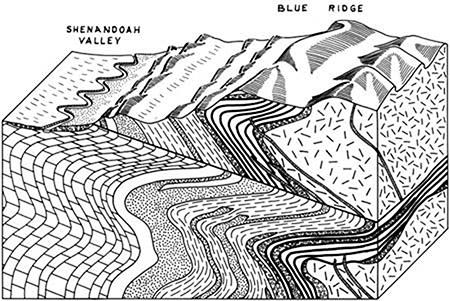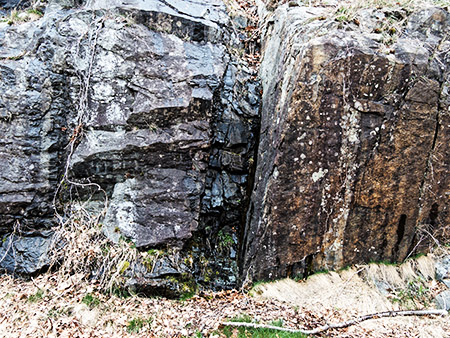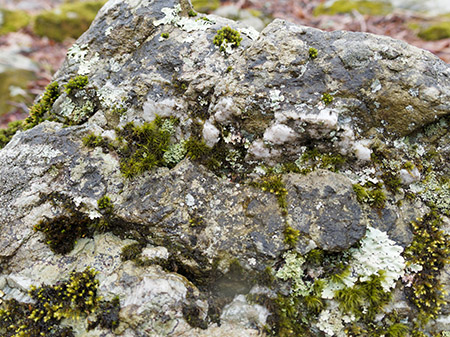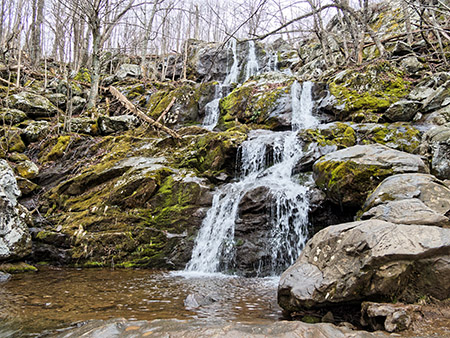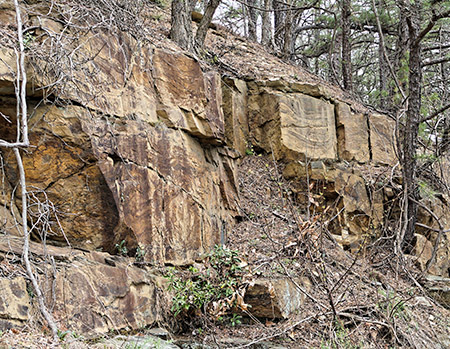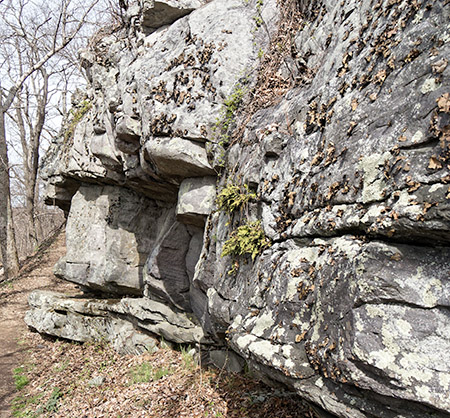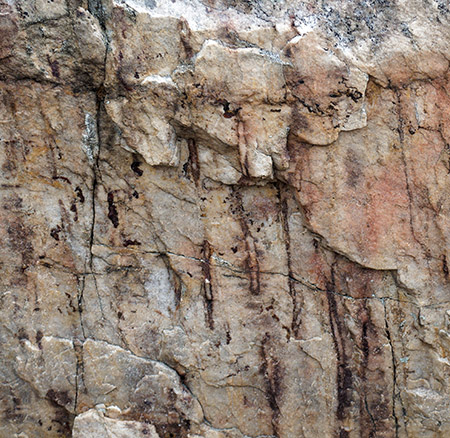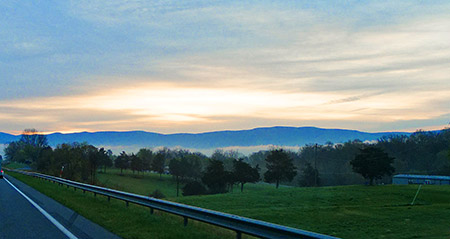Geology Trip - Shenandoah National Park, Virginia: April, 2023
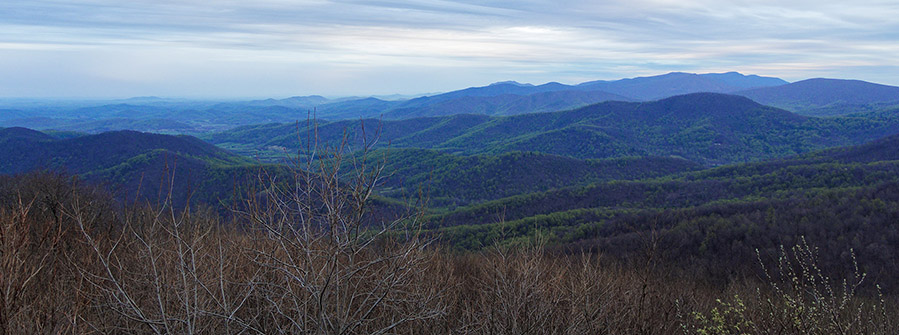
I continued my post-retirement studies in field geology with a two-day visit to the Blue Ridge Mountains in Shenandoah National Park, Virginia in early April, 2023. The photo galleries with text summarize the geologic formations I visited and studied on the trip. Because the geologic formations studied evolved over 1,100 million years (Ma) and involved strata resulting from two supercontinent formations and subsequent rifting with folding, faulting and warping, understanding the resultant current patchwork of formations requires initial summary of the geologic history of the area. The first section uses drawings from the classic work by Gathright, 1976 (reference 2) and descriptions to summarize the development of each geologic stratum. References used for my visit include books, websites and videos listed HERE.
